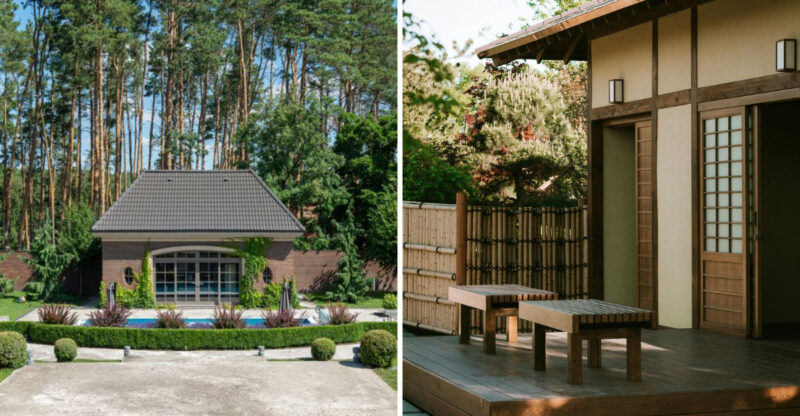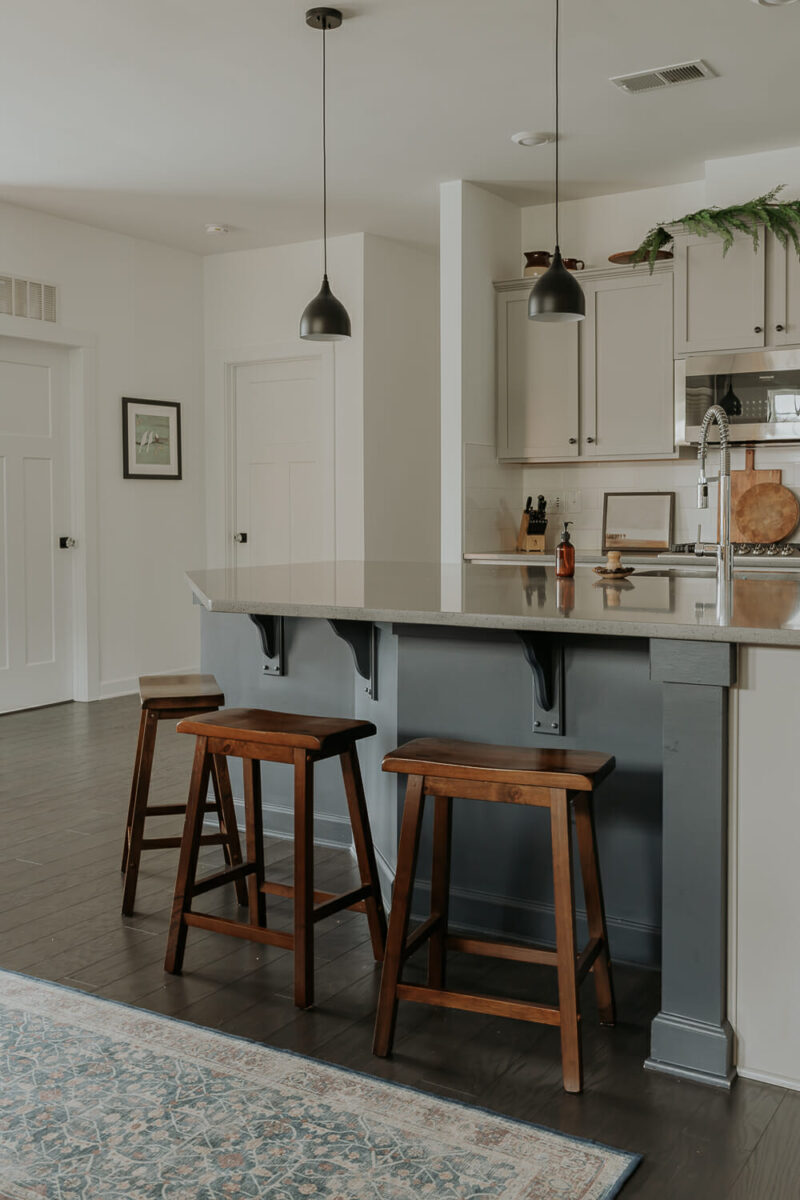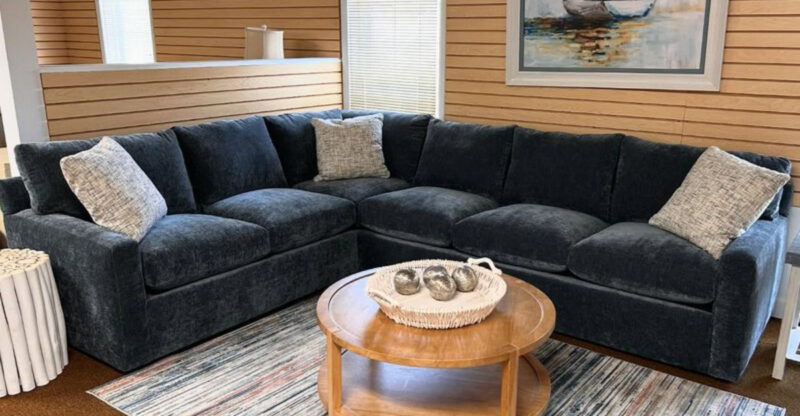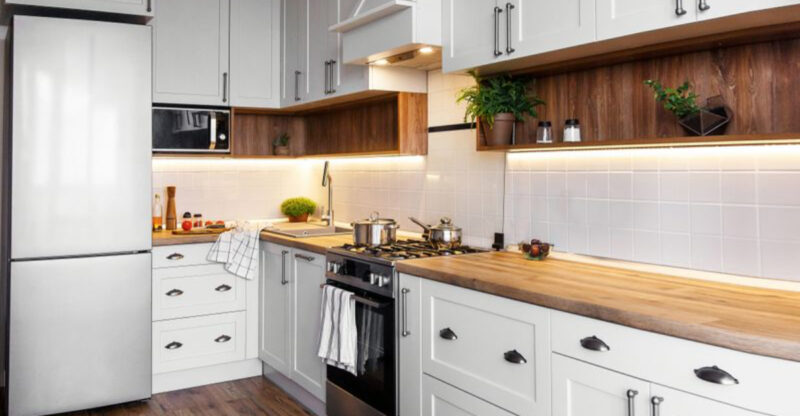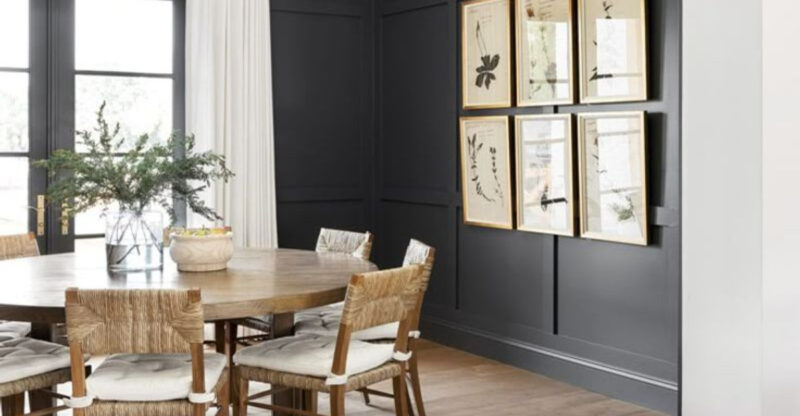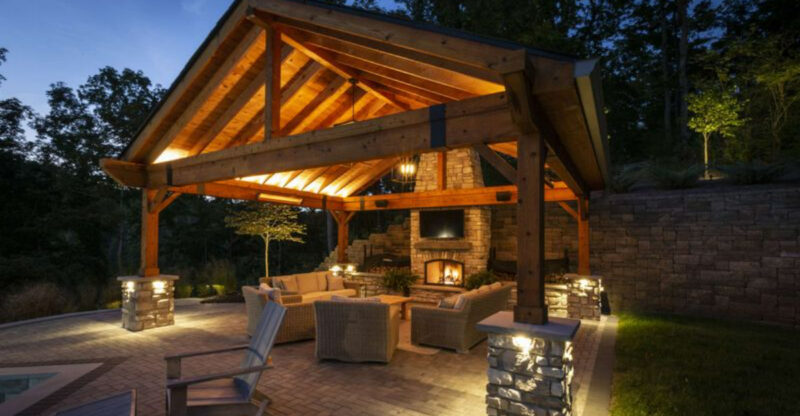I’ve Seen These 10 Common Kitchen Items Crowd New York Homes And These 10 Transform Them Into Luxe Spaces
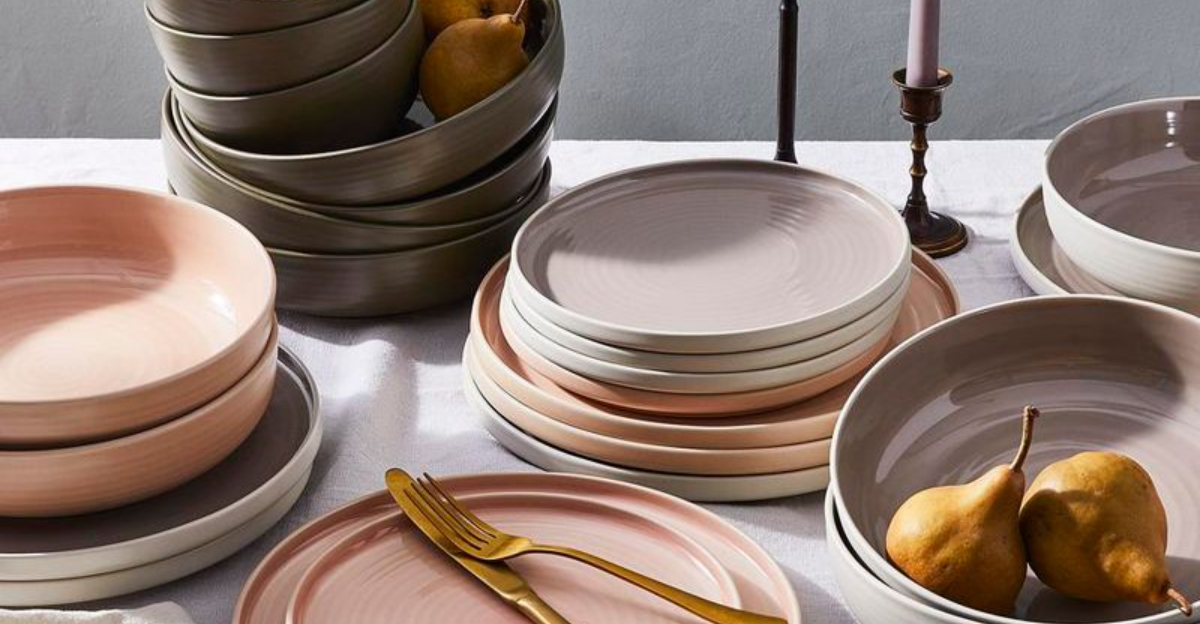
Living in New York means making the most of every square inch, especially in the kitchen.
I’ve been inside hundreds of NYC apartments and noticed how certain items consistently create clutter while others elevate the entire space.
The difference between a cramped cooking area and a magazine-worthy kitchen often comes down to simple swaps that anyone can make.
1. Mismatched Plastic Containers
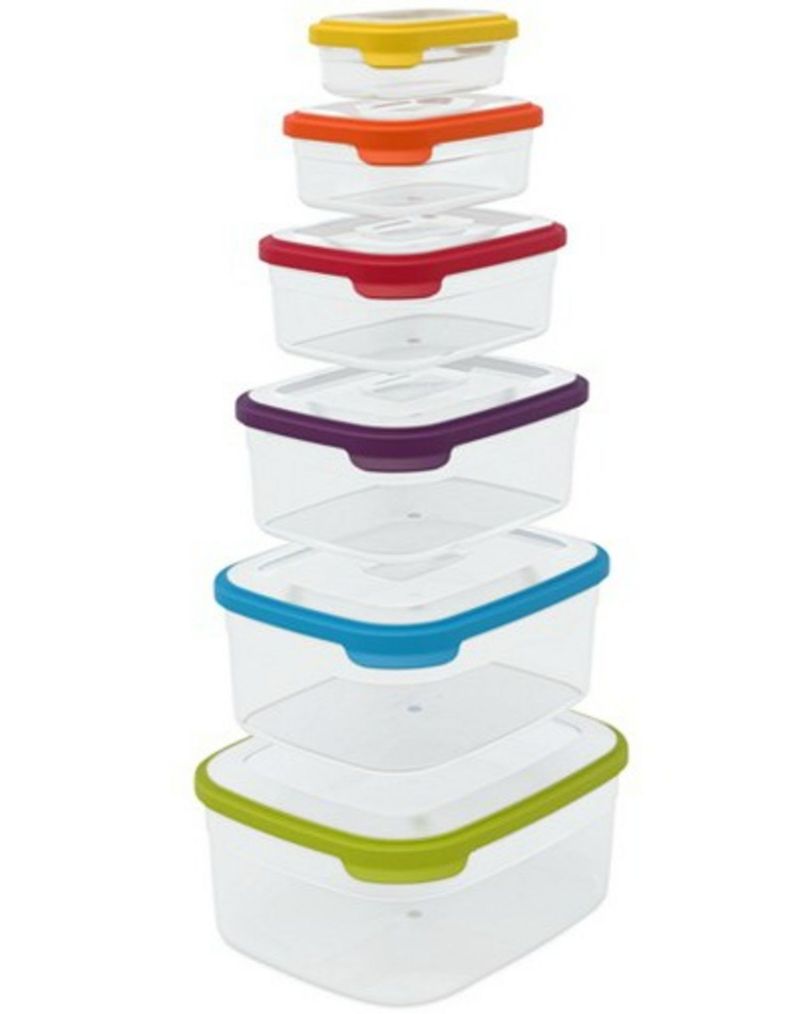
Opening a cabinet to an avalanche of mismatched plastic containers is a classic New York kitchen nightmare. Lids without containers, containers without lids it’s chaos in a drawer. Most New Yorkers hold onto these freebies from takeout orders thinking they’ll come in handy someday.
The reality? They consume precious storage space and never look organized no matter how you arrange them. When friends visit, these jumbled plastic collections immediately signal ‘cluttered apartment dweller’ rather than ‘sophisticated city resident.’
If you’re keeping score of kitchen real estate, these mismatched containers are costing you big time in both space and style points.
2. Bulky Dish Racks
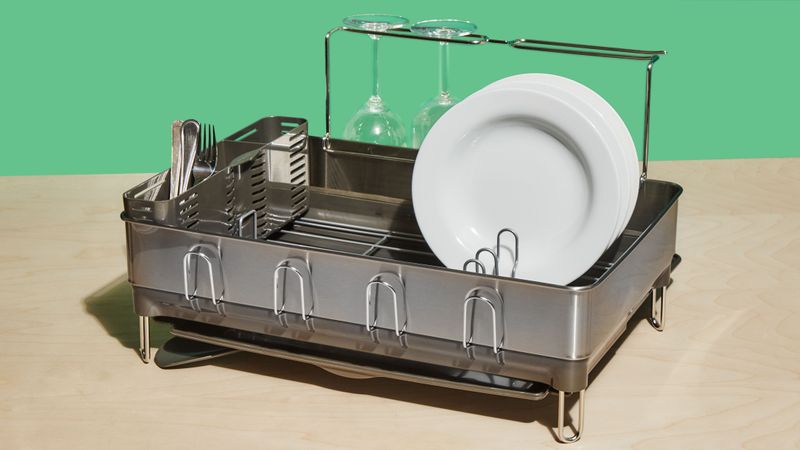
Counter space in NYC apartments is rarer than affordable rent. Those massive chrome dish racks eat up valuable prep area while collecting water spots and food residue. I’ve seen too many beautiful countertops completely obscured by these metal monstrosities.
The standard issue dish rack also broadcasts ‘temporary living situation’ rather than ‘established home.’ Water pools underneath, creating that unpleasant dampness that never quite dries. Your beautiful (and expensive) kitchen counters deserve better than being permanently covered by this eyesore.
When every inch counts, dedicating a quarter of your counter to a bulky dish rack feels like a luxury New Yorkers simply can’t afford.
3. Cluttered Spice Jars
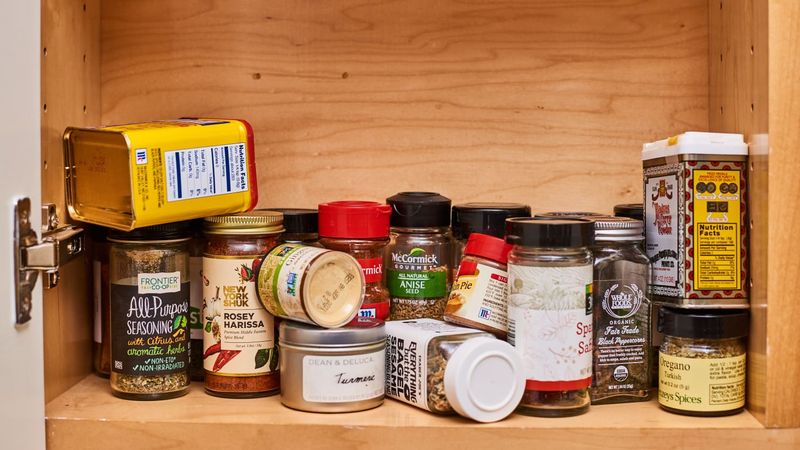
Those mismatched spice containers from different brands create visual chaos in small kitchens. Walking into NYC apartments, I immediately notice when spice collections have spiraled out of control – half-empty jars of paprika from 2018 next to three different types of cinnamon.
Grocery store spice jars aren’t designed with aesthetics in mind, creating a jarring rainbow of brands, labels, and heights. The random assortment makes finding what you need nearly impossible, leading to duplicate purchases and even more clutter.
Though each individual jar seems innocuous, collectively they transform cabinets into chaotic, inefficient spaces. When friends open your cabinet doors, this spice disarray broadcasts disorganization rather than culinary expertise.
4. Old Dish Towels
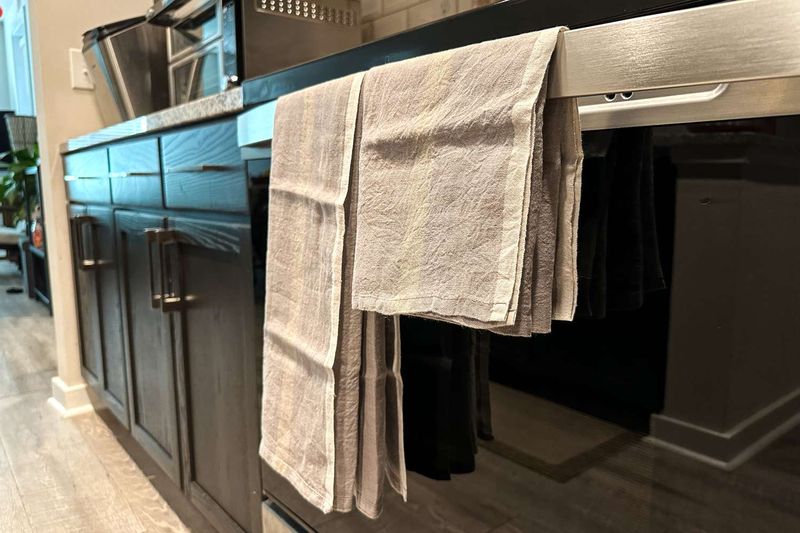
Faded, stained dish towels instantly age your kitchen. I’ve walked into countless New York apartments where everything looks updated except for those threadbare, mismatched towels hanging from the oven handle. These textile eyesores often become the focal point for all the wrong reasons.
Many people don’t realize how these small textiles impact the overall kitchen aesthetic. That free promotional towel from your bank or the holiday-themed one you’ve had since college broadcasts ‘I don’t care about my kitchen’s appearance.’
Dish towels get used daily, which means they wear out quickly. Yet most New Yorkers replace their phone cases more frequently than these kitchen workhorses that everyone sees hanging in plain view.
5. Cheap Knife Blocks
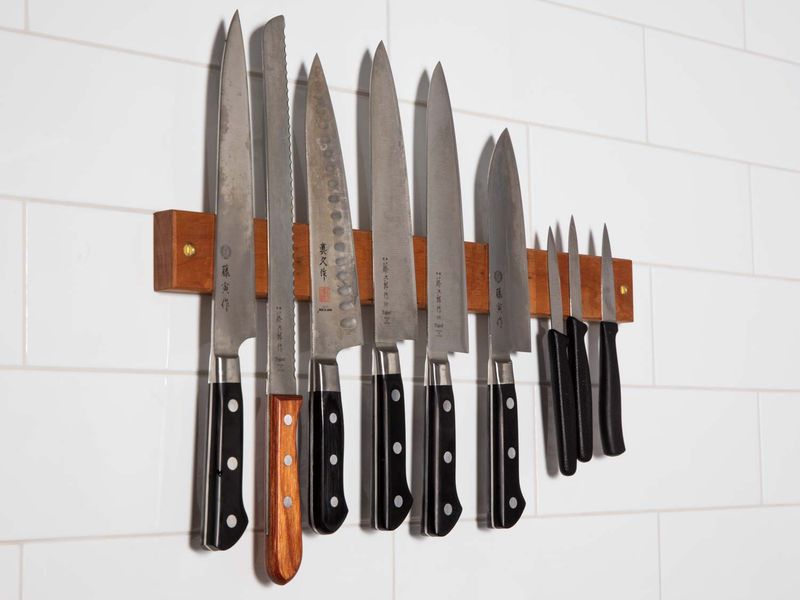
Those bulky wooden knife blocks that came with your starter knife set scream ‘recent graduate’ rather than ‘sophisticated home cook.’ During my visits to NYC apartments, I’ve noticed how these dated blocks consume precious counter space while collecting dust in hard-to-clean crevices.
The typical knife block also encourages keeping dull, mismatched knives far beyond their useful life. That wedding gift set from 2008 with missing pieces and worn handles isn’t doing your cooking or your kitchen aesthetic any favors.
When friends come over for dinner parties, they subconsciously judge your culinary seriousness based on knife storage. That wobbly, stained block with half-empty slots tells a story of cooking compromises in an otherwise carefully curated space.
6. Worn Cutting Boards
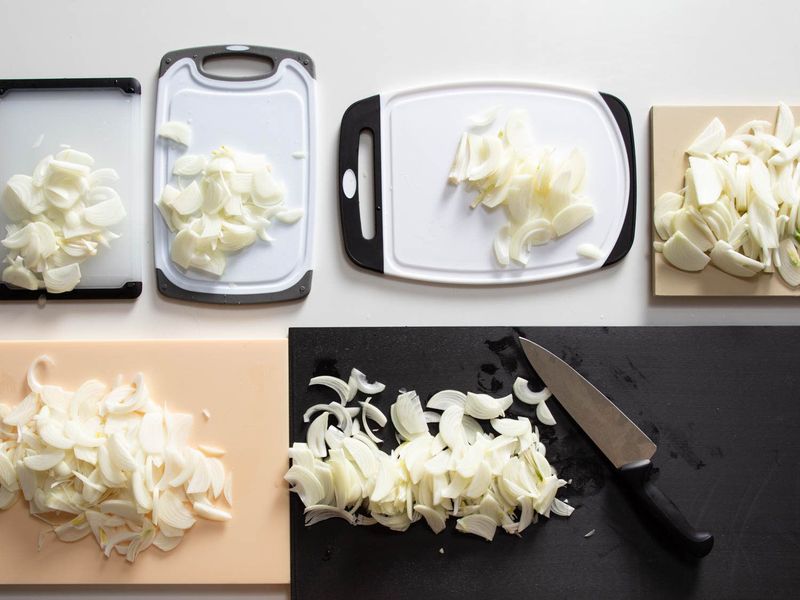
Scratched plastic cutting boards with permanent stains have become kitchen staples in many NYC homes I visit. These functional but unsightly workhorses often get left out on counters because there’s nowhere else to store them, becoming permanent fixtures rather than tucked-away tools.
The deeply scored surfaces not only look unappealing but harbor bacteria in those knife grooves. Many New Yorkers don’t realize how these utilitarian items dramatically downgrade their kitchen’s appearance when left visible.
Though relatively inexpensive, worn cutting boards broadcast ‘I don’t invest in my kitchen’ more loudly than almost any other item. Their large surface area makes them impossible to ignore, creating an unintentional focal point that drags down the entire room’s aesthetic.
7. Plastic Utensils
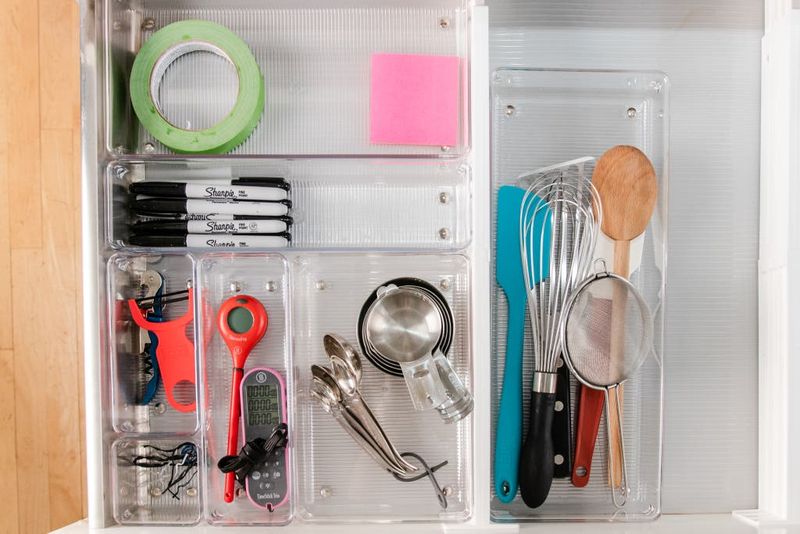
Drawers stuffed with flimsy plastic cooking utensils reveal kitchen novice status faster than anything else. I’ve peeked into countless NYC apartment drawers to find melted spatulas, warped serving spoons, and those free chopsticks from takeout orders all jumbled together.
These colorful plastic tools might seem practical, but they’re actually false economy. They stain easily, absorb food odors, and melt when left too close to heat sources. Their cheap appearance undermines even the most carefully designed kitchens.
The random collection of promotional items and bargain bin utensils creates a chaotic drawer that makes cooking feel more stressful than it needs to be. When everything is mismatched, nothing feels intentional – a hallmark of crowded, unrefined spaces.
8. Basic Paper Towel Holders
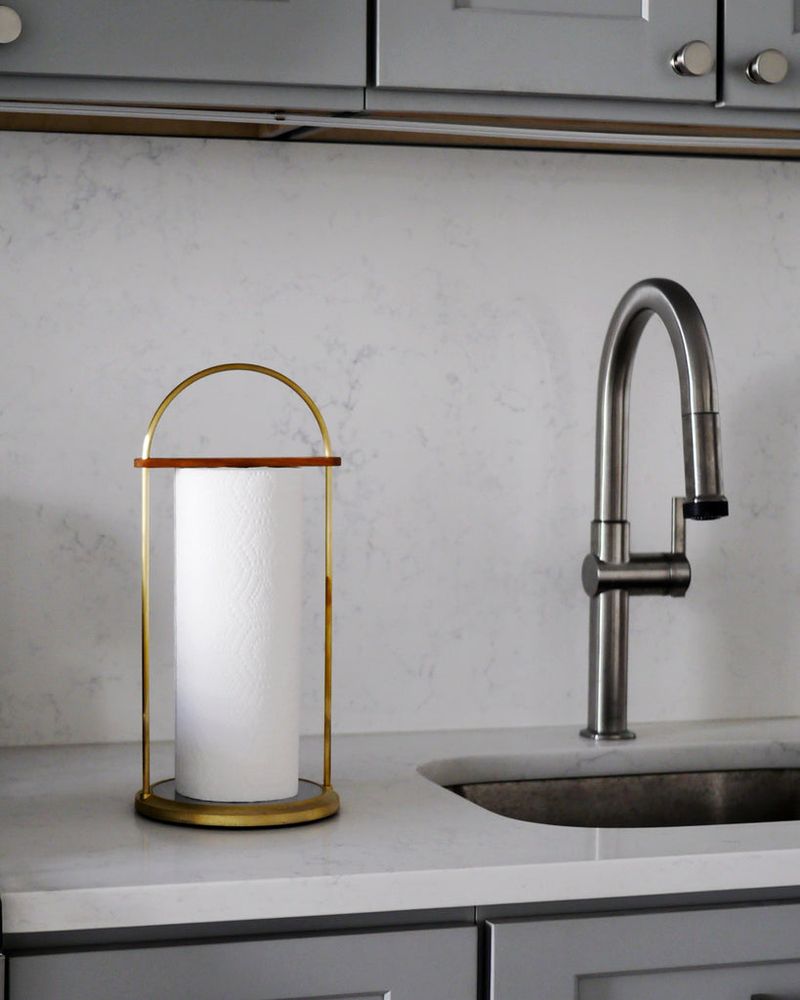
Those flimsy chrome paper towel holders from the discount store instantly cheapen kitchen aesthetics. While visiting NYC apartments, I’ve noticed how these utilitarian eyesores often become permanent fixtures on limited counter space, drawing attention for all the wrong reasons.
The standard issue holder does nothing but serve its basic function, missing an opportunity to add style. Paper products are necessities, but their presentation doesn’t have to scream ‘afterthought.’ The wobbly base and squeaky roller become particularly noticeable in smaller spaces.
Many New Yorkers underestimate how frequently this everyday item gets noticed by guests. That basic holder broadcasts ‘temporary living situation’ rather than ‘thoughtfully designed home’ – a subtle but important distinction in establishing a sophisticated kitchen atmosphere.
9. Cluttered Fridge Doors

Refrigerator doors covered in magnets, takeout menus, and expired coupons immediately signal ‘chaotic living’ in NYC apartments. This vertical real estate often becomes the household’s catch-all bulletin board, collecting everything from wedding invitations to children’s artwork.
The magnetic surface tempts even the most design-conscious New Yorkers into creating what amounts to a visual scrapbook visible to everyone who enters the kitchen. What starts as a few important reminders quickly evolves into a disorganized collage that dominates the room.
Your refrigerator represents the largest visual surface in most kitchens, especially in compact city apartments. When covered in random ephemera, it transforms from sleek appliance to overwhelming focal point, making even spacious kitchens feel cluttered and disorganized.
10. Wire Fruit Baskets
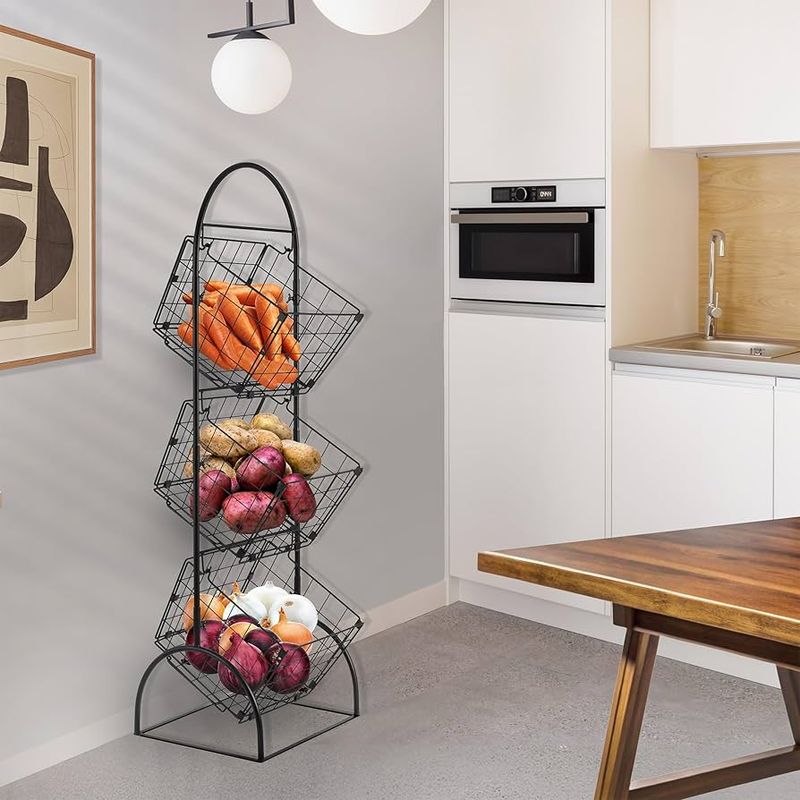
Those tiered wire fruit baskets consume valuable counter space while collecting dust between the wires. I’ve seen countless NYC kitchens where these bulky storage solutions become catchalls for everything from mail to keys, defeating their original purpose.
The exposed fruit in these baskets often ages faster than expected, creating a constantly changing display of perfectly ripe produce gradually transforming into compost. Nothing says ‘I don’t really cook’ quite like browning bananas and wrinkled apples permanently on display.
Wire baskets also create visual clutter with their open design, making everything inside part of your kitchen’s visual landscape whether you want it or not. In small New York kitchens where every visual element matters, these utilitarian baskets add unnecessary complexity to already busy spaces.
11. Marble Cutting Board
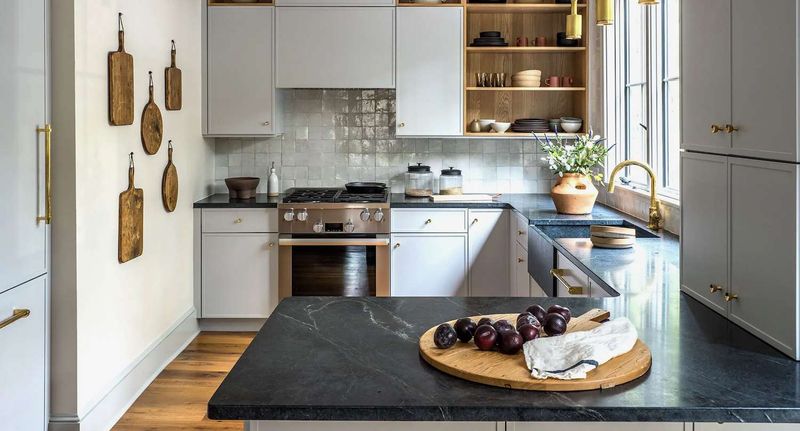
Swapping plastic for a marble cutting board instantly elevates kitchen aesthetics from basic to luxurious. Unlike its utilitarian counterparts, marble boards double as elegant serving platters for cheeses and charcuterie when friends visit your NYC apartment.
The natural stone variations mean each piece is unique bringing organic texture and subtle pattern to otherwise flat kitchen surfaces. I recommend leaving it displayed rather than hidden away, creating a permanent design element that’s both functional and beautiful.
Marble naturally stays cooler than room temperature, making it perfect for New York summers when you’re rolling out pastry dough. Though slightly more expensive initially, these stone workhorses develop character over time rather than deteriorating like plastic, making them both sustainable and sophisticated additions to urban kitchens.
12. Brass Hardware

Replacing standard cabinet pulls with brass hardware creates instant luxury in NYC kitchens. The warm metallic finish catches light beautifully, adding dimension to otherwise flat cabinet surfaces without major renovation costs.
Hardware functions as kitchen jewelry – small details that signal intentional design choices. When I update clients’ spaces, brass knobs and pulls consistently deliver the biggest visual impact relative to their modest cost and installation effort.
The patina that develops on unlacquered brass tells a story over time, creating that coveted ‘lived-in luxury’ look that defines sophisticated New York homes. Unlike trendy finishes that quickly date themselves, brass has historical staying power that feels both contemporary and timeless. This simple weekend project transforms cookie-cutter apartment kitchens into custom-feeling spaces without requiring landlord approval.
13. Sleek Faucet
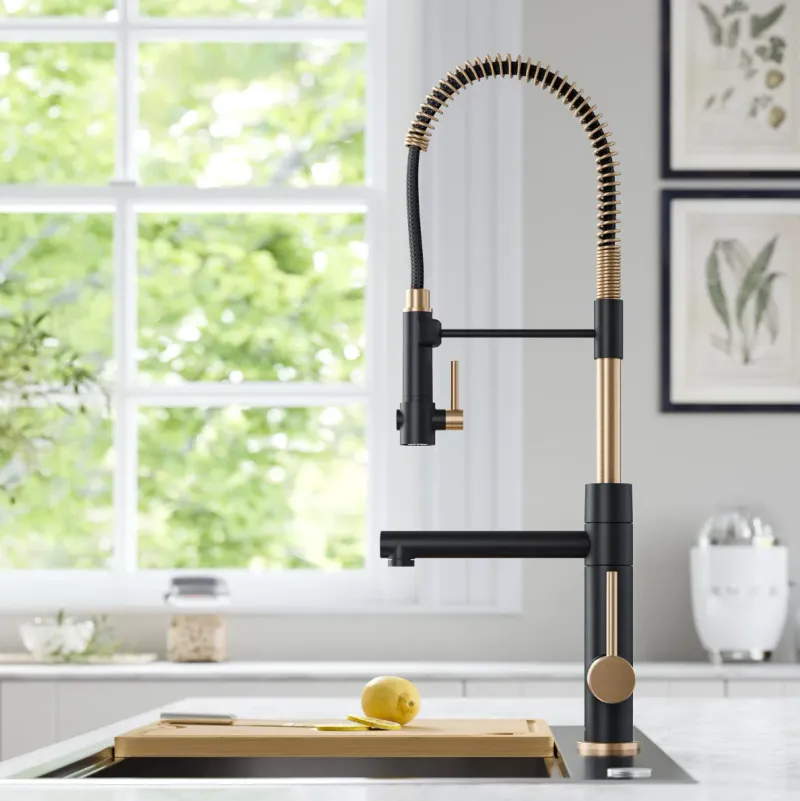
Nothing transforms a dated kitchen faster than replacing the builder-grade faucet with a sleek, architectural model. I’ve watched NYC apartments instantly gain sophistication when homeowners swap those standard chrome fixtures for something with intentional design presence.
Modern faucets with pull-down sprayers add both visual interest and practical functionality to small spaces. The faucet serves as the kitchen’s centerpiece the equivalent of statement jewelry that elevates even the simplest outfit.
Though often overlooked during renovations, this relatively simple replacement requires no major plumbing changes yet dramatically alters how the entire sink area feels. When Manhattan friends ask for the single most impactful kitchen upgrade under $300, I always recommend investing in a designer faucet that turns a utilitarian fixture into a conversation piece.
14. Stone Backsplash
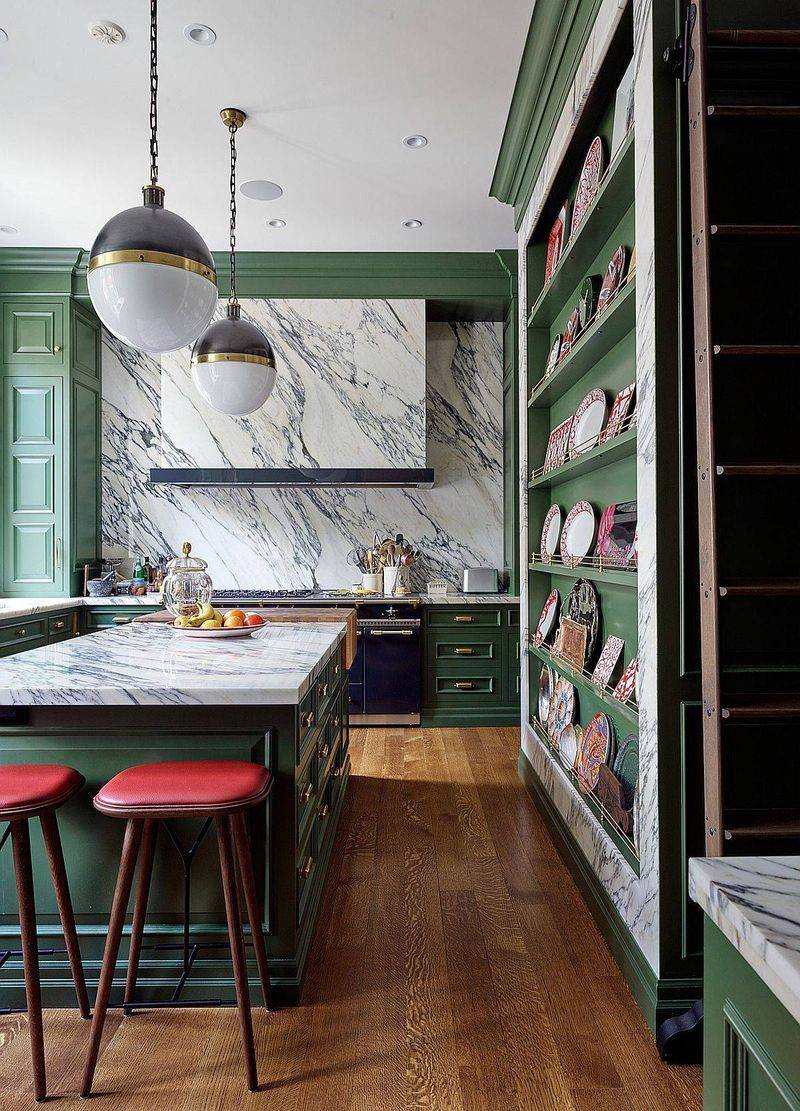
Replacing dated tile with a continuous stone backsplash creates the ultimate luxury statement in NYC kitchens. Unlike busy patterned tiles that visually chop up small spaces, seamless stone creates an uninterrupted visual plane that makes kitchens feel larger and more cohesive.
The natural variations in marble or quartzite add subtle organic texture without overwhelming the eye. I’ve transformed countless cramped Manhattan kitchens by removing those ubiquitous white subway tiles in favor of book-matched stone that extends from counter to ceiling.
Though initially more expensive than conventional tile, stone backsplashes age gracefully rather than looking dated after a few years. This investment pays dividends both in daily enjoyment and eventual resale value, as it signals to potential buyers that the kitchen has been thoughtfully designed rather than quickly renovated.
15. Under-Cabinet Lighting
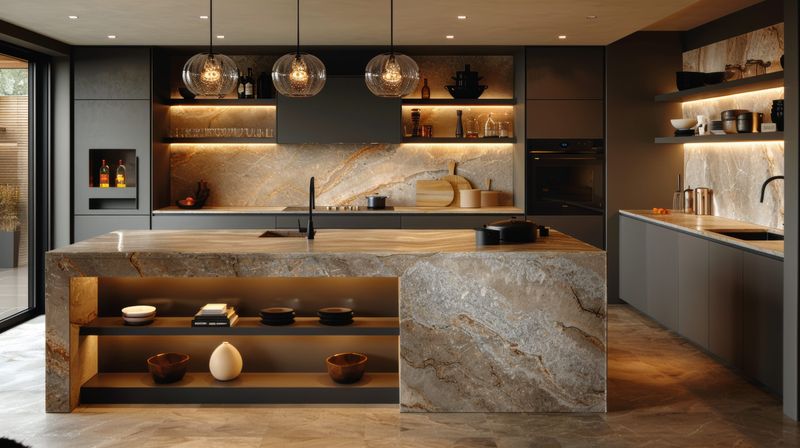
Strategic lighting instantly transforms NYC kitchens from basic to breathtaking. When I install slim LED strips beneath cabinets, clients are amazed how their existing countertops and backsplashes suddenly look high-end with proper illumination.
The soft glow eliminates harsh shadows that plague most apartment kitchens, creating that coveted magazine-worthy ambiance. Unlike major renovations, this upgrade requires minimal installation effort most systems now come with peel-and-stick application and rechargeable batteries, making them perfect for renters.
Beyond aesthetics, task lighting makes cooking more enjoyable by properly illuminating work surfaces. The ability to create layered lighting transforms the kitchen’s mood from bright and functional during meal prep to warm and inviting during dinner parties with just a switch essentially giving you multiple kitchens within the same footprint.
16. Floating Shelves
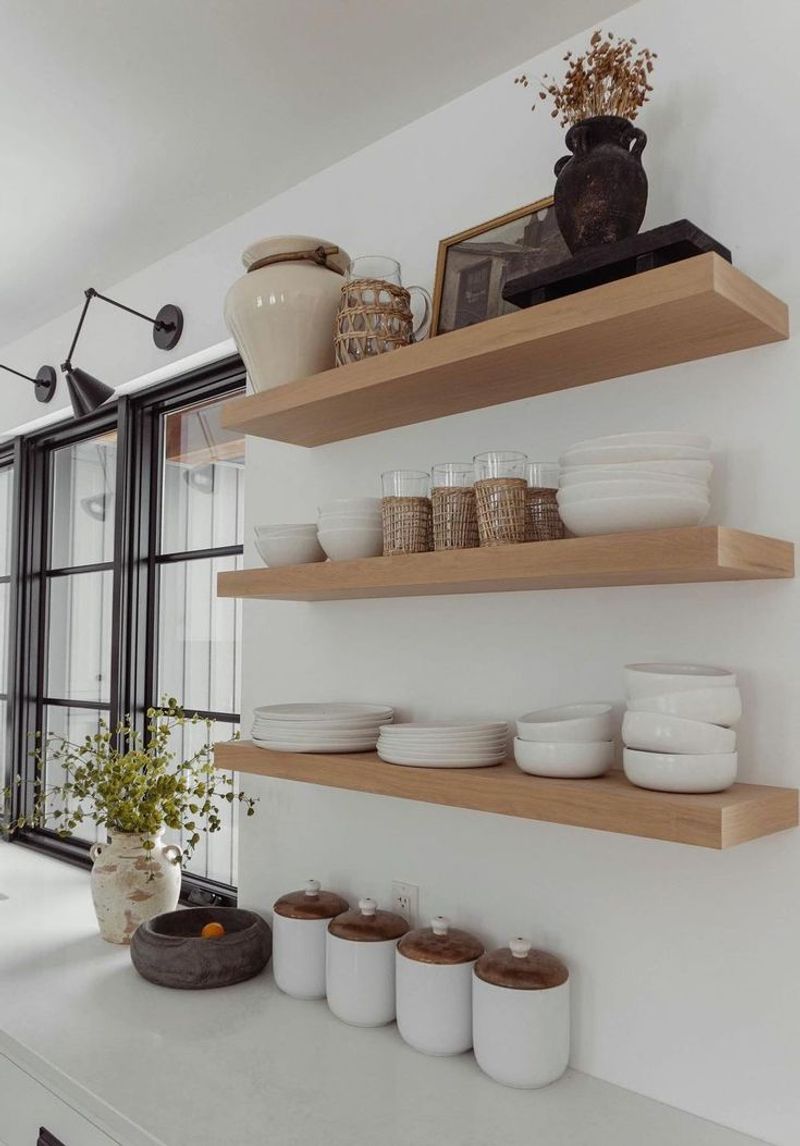
Replacing upper cabinets with sleek floating shelves instantly modernizes cramped NYC kitchens. The open design creates breathing room in tight spaces while offering opportunities to display beautiful dishware that would otherwise remain hidden behind cabinet doors.
When I help clients edit their collections down to visually cohesive pieces worthy of display, their kitchens transform from utilitarian cooking spaces to carefully curated rooms. The key is restraint – fewer, more beautiful items with intentional arrangement and negative space between groupings.
Floating shelves also encourage kitchen minimalism by limiting storage to items beautiful enough to display. This practical constraint prevents accumulation of single-use gadgets and mismatched dishware that plague most New York kitchens. The resulting aesthetic feels both luxurious and intentional – hallmarks of sophisticated urban homes regardless of their square footage.
17. Stylish Bar Stools
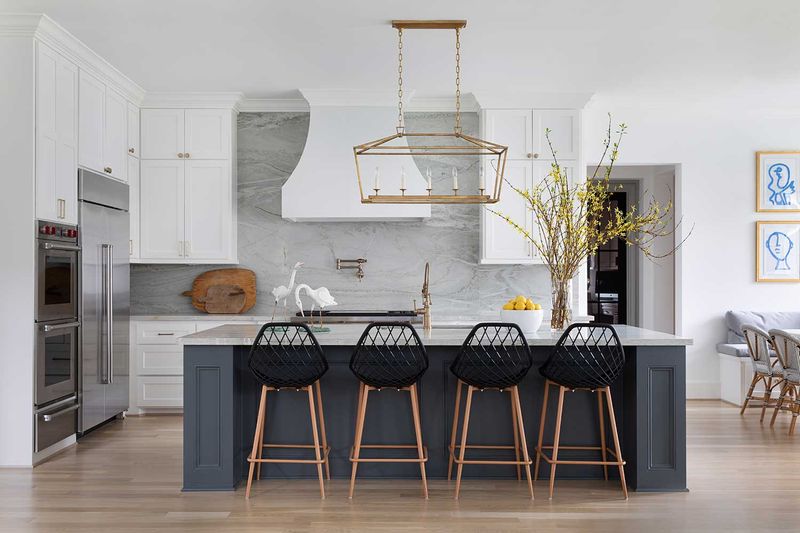
Those basic counter stools from big box stores instantly broadcast ‘temporary living situation’ rather than established home. When clients invest in sculptural seating pieces, their kitchen islands transform from mere eating surfaces to design statements that anchor the entire space.
Great bar stools function as kitchen jewelry introducing texture, color and visual interest without consuming valuable floor space. I recommend selecting models with slim profiles but interesting details like brass footrests, leather upholstery, or architectural bases.
Unlike dining chairs that often get hidden under tables, counter stools remain perpetually visible, making them worth the investment. In countless NYC apartments, I’ve witnessed how replacing those standard-issue metal stools with thoughtfully designed seating creates an immediate luxury upgrade that guests notice instantly, setting the tone for the entire kitchen experience.
18. High-End Cookware
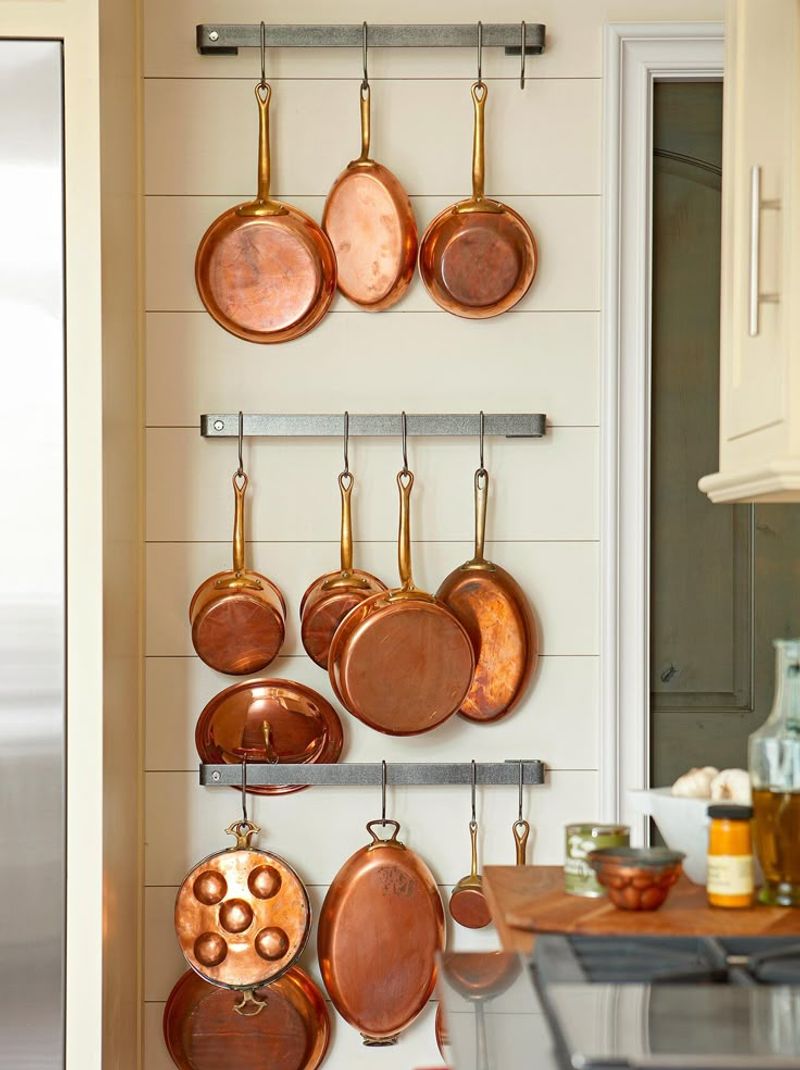
Nothing broadcasts ‘serious cook’ like copper and cast iron cookware displayed rather than hidden. I’ve transformed countless NYC kitchens by simply hanging quality pots and pans as intentional decor, turning functional items into design statements.
The warm glow of copper against white walls creates instant luxury through contrast and material richness. Unlike those mismatched sets accumulating in cabinets, curated cookware deserves visibility – it tells the story of meals shared and skills developed.
Quality pieces develop character over time, with patinas that signal authenticity in a world of disposable goods. When Manhattan friends complain about storage limitations, I often recommend investing in fewer, better cooking vessels worthy of display. This strategy simultaneously solves storage issues while elevating aesthetics – the ultimate win-win for space-challenged New York kitchens.
19. Elegant Dishware

Mismatched plates and promotional mugs instantly downgrade kitchen aesthetics, even in otherwise beautiful spaces. I’ve watched NYC apartments transform when owners invest in cohesive ceramic collections that deserve display rather than concealment.
Handcrafted stoneware in neutral tones creates visual harmony while showcasing the beauty of slight variations that mass-produced pieces lack. The subtle irregularities tell a story of craftsmanship and intentionality that guests subconsciously register as luxury.
Though initially more expensive than big-box alternatives, artisanal dishware ages gracefully rather than looking dated after a few years. When displayed on open shelving, these everyday objects become part of your kitchen’s design language rather than merely functional items. This simple swap signals a commitment to quality over quantity – the defining characteristic of sophisticated New York homes.
20. Statement Pendant Lights
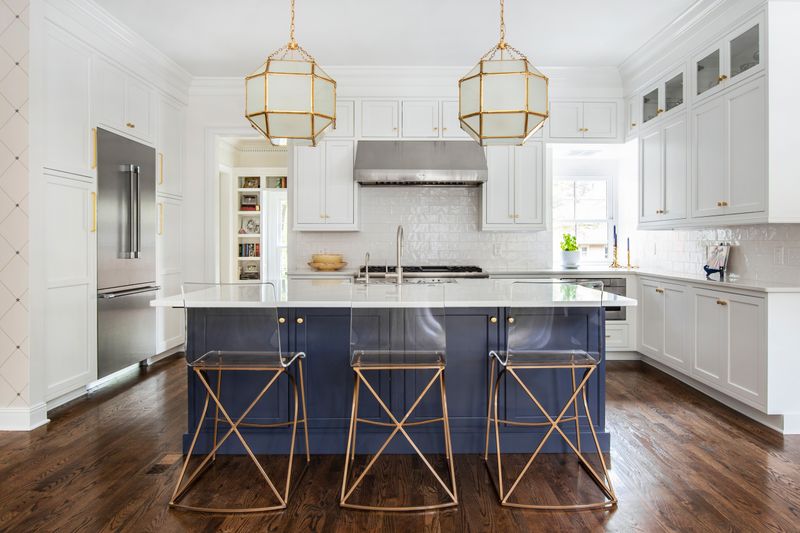
Replacing builder-grade flush mounts with architectural pendant lights instantly elevates ceiling height perception in NYC kitchens. The vertical dimension often gets neglected in apartment renovations, yet dramatic lighting creates luxury through thoughtful illumination rather than expensive materials.
Statement fixtures function as functional sculpture – creating visual interest while directing light precisely where needed. I’ve transformed countless basic kitchens by installing oversized pendants that draw the eye upward, making modest spaces feel more generous.
Unlike permanent renovations, lighting can move with you from apartment to apartment, making it a smart investment for frequent movers. When Manhattan friends ask for the single most transformative upgrade under $500, I consistently recommend investing in statement lighting that turns the ceiling into a design opportunity rather than an afterthought. This simple swap signals design confidence that defines truly sophisticated spaces.

